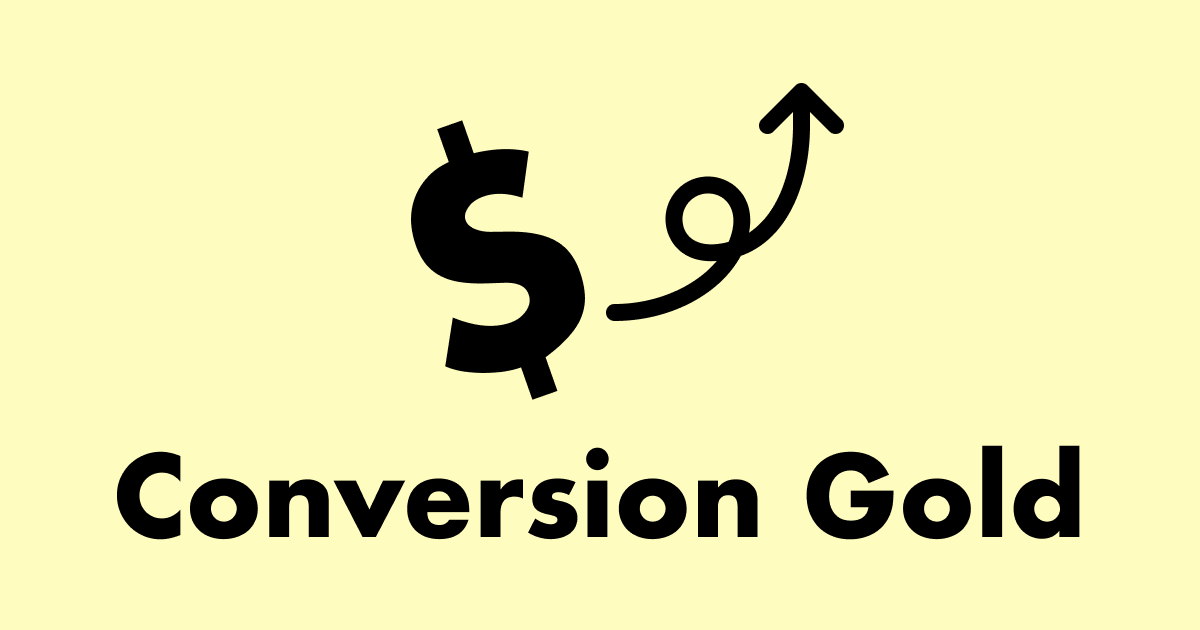I’ve been experimenting with retargeting lists for search ads (RLSAs).
If you’re not familiar, RLSAs are a type of retargeting that enables you to establish an audience and then show them Google Ads. What makes them different is that you can show an ad for a generic keyword to a specific audience.
If you sell prescription sunglasses, you would probably find it difficult to bid on a generic keyword like [sunglasses] with a decent ROAS (return on ad spend), since only a particular sliver of that audience would be a good fit for your product.
However, you’d be much more likely to have success if you had some way to only show ads to people who need prescription sunglasses when they searched for [sunglasses].
That’s what RLSAs do. You provide the list, and Google will show your ads to those people on any query you want.
Note that you aren’t acquiring more customers this way, but you’re saving money by being able to show your ads to the right audience.
The trick then is to build the right audience. You can build the right audience by creating content that attracts the right people and then, of course, getting them to see it.
This makes the most sense if you add in net new audience from broad sources, say social or native ads.
To complete the illustration:
- Create a piece of content that speaks to a subset of a broader audience.
- Run it on a broad network and let the self-selection process do its thing.
- Capture the audience w/ Google Ads.
- Create generic keyword campaigns.
For a retailer or a DTC brand, it completely makes sense.
What’s non-obvious is that it may also make sense for affiliate sites.
To understand why let’s talk about bias.
This concept trades under many names — some call it influence, others call it brand power. I’m calling it bias.
It helps to have a clear visualization of the concept. Let’s look at a few examples.
Certain people will pay a premium to buy something from Amazon, even if it’s widely available. What’s more, when the same brand operates a DTC site with 2-day free shipping (which is probably FBA on the back end) people will still opt for Amazon. Even though this is the same offer, same value prop, Amazon will often capture that sale. So it’s not about the product. It’s about some bias they have towards Amazon.
On the flip side, some people won’t shop at Walmart. They wouldn’t be caught dead in the store, even if it’s the only place to get a great price on the exact product they want. They’ll force themselves into a sub-optimal buying experience because they are biased against Walmart.
So we can be sure then, that bias has some impact on the buying process.
Next, let’s look at a couple of popular, trusted review brands. Anyone who has done keyword research on “best product” lists knows that you get a lot of brands mentioned alongside the queries:
- best microwaves consumer reports
- best smart tv thewirecutter
- best smart tv cnet
- best smartphone reddit
These brands typically make a space for themselves and build a little bias within it. You don’t see Consumer Reports showing up on “best attorney for …” queries, but for the products that they cover frequently, it’s a good bet that you’ll see query volume.
One has to assume that these brands have some level of trust with many more consumers than the ones that directly type in their name after a product query. If they get affiliate payouts, it seems to me like they’d benefit from running an RLSA on generic queries where they have some bias built.
Influencer marketing is another channel that generates biased queries (navigational queries in Google parlance). Advertisers offer many podcasts coupon codes for attribution – you’ll see queries like “person name + audible code” or “podcast name + product.”
Not only does this illustrate that audiences can become biased towards the brand (person or podcast or whatever) offering the discount, but also towards the product itself because of the affiliation with that person. They’re more likely to buy something because someone they have a bias towards mentioned it, and they’re more likely to use their discount even if others are widely available.
It’s bias all the way down.
I’m considering a followup piece on how to accrue bias (let me know if I should), but here are a few parting thoughts:
You can either earn it or be given it from someone else. Earn bias through great (or repeat) first-party experiences, be given it through third-party endorsements. Being a best seller with many glowing reviews can award you significant bias. A recommendation from someone with a lot of earned bias can too.
Once you have it, you have to try not to lose it. It works both ways. Focus on getting them to continue liking you and believing you, and you’re likely to keep that customer.
Bias can build a competitive moat. All things being equal, users who have had favorable experiences with your brand (or product, or website) are likely to trust you a little bit more and gravitate towards your offerings as compared to alternatives.

